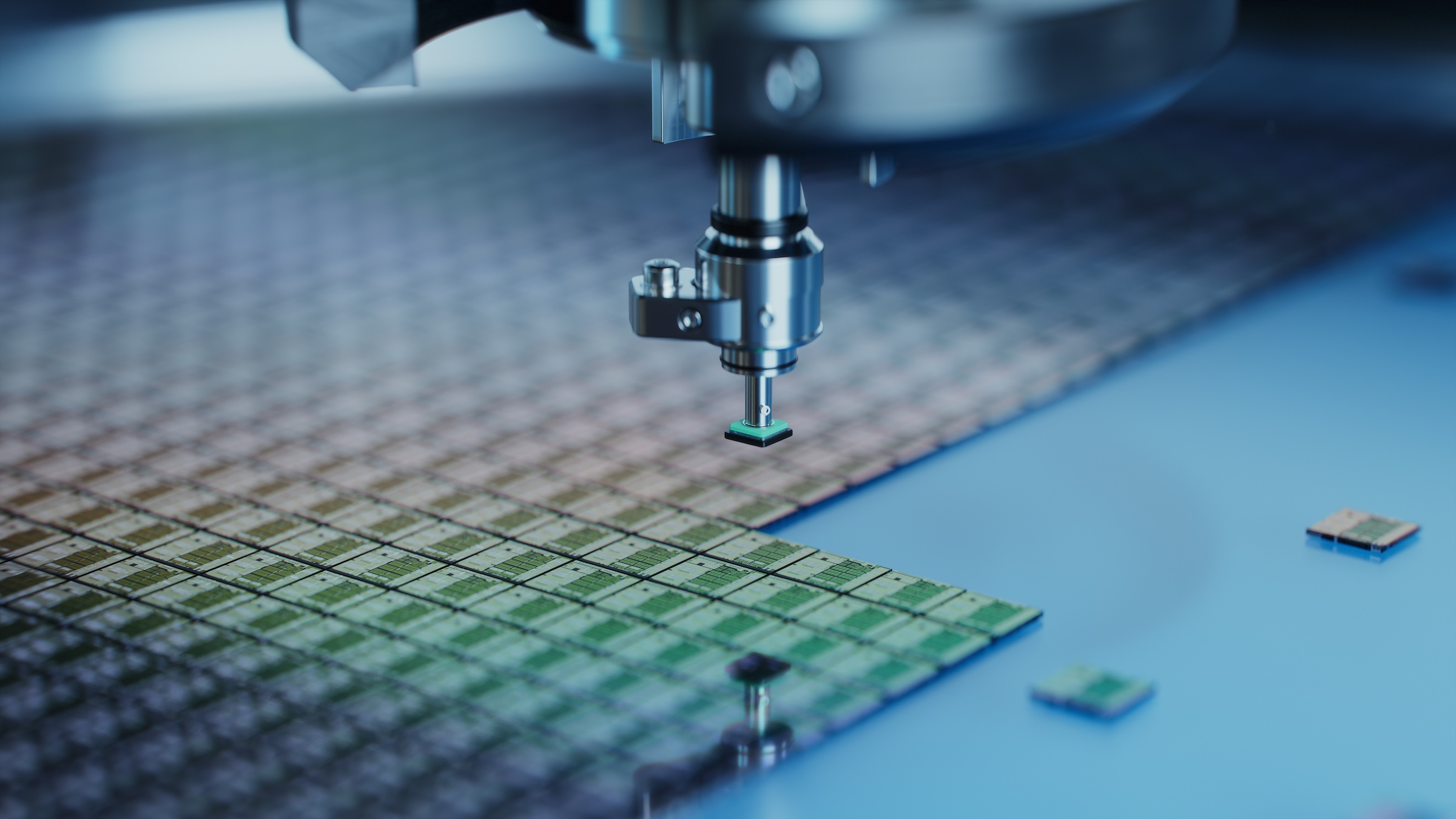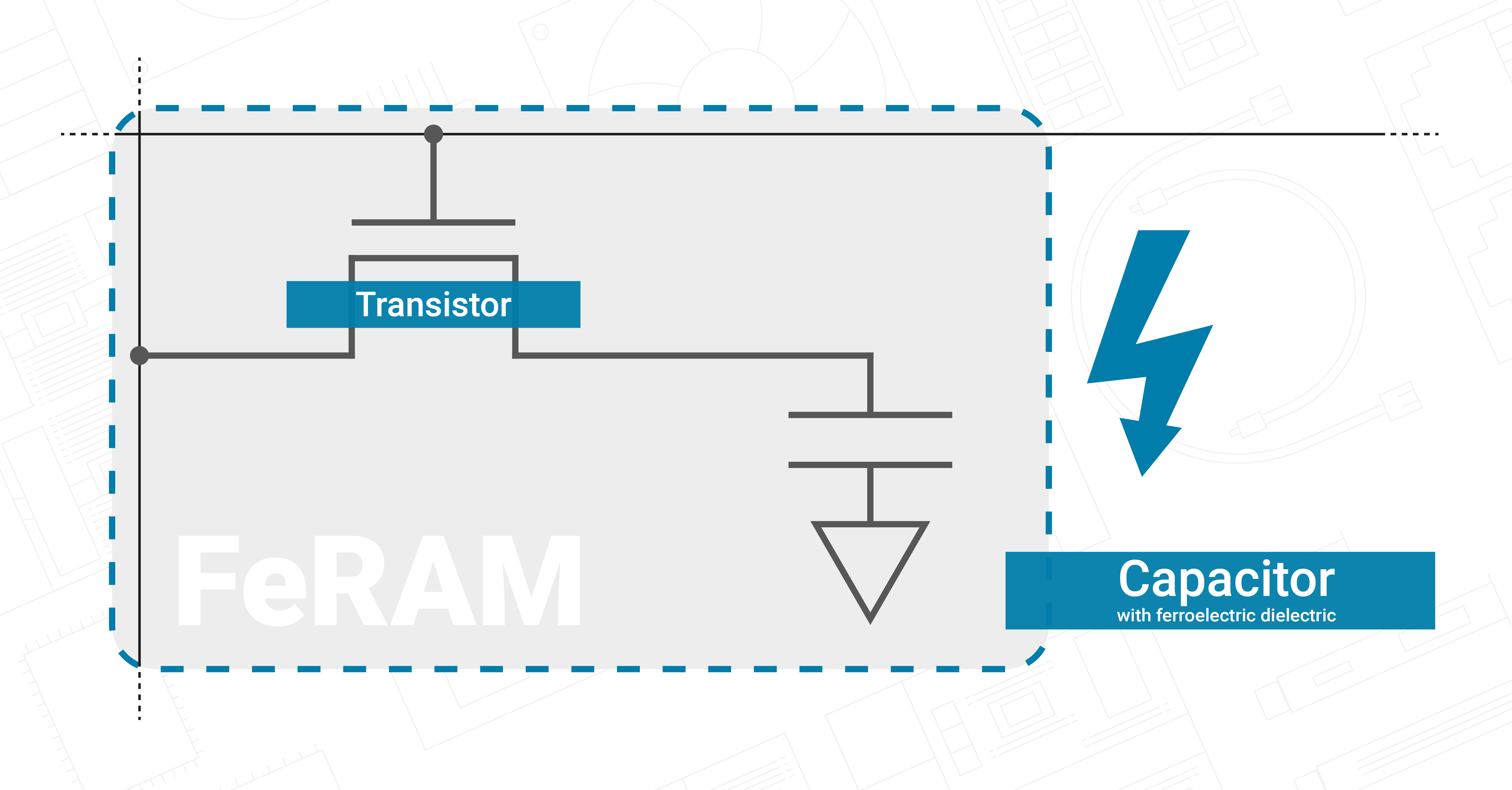
FeRAM (Ferroelectric RAM)
FeRAM (ferroelectric RAM) is a type of non-volatile RAM (random access memory). The FeRAM is characterized by a particularly high data retention, i.e.: even at 125°C, the data is retained for over 10 years if the power supply is interrupted.
It is named after the ferroelectric dielectric of the capacitor. We will briefly discuss this at the end of the article in the context of how this storage technology works. First, however, we will take a look at the most important properties and some areas of application for the technology.
Table of contents
FeRAM Properties
FeRAM (Ferroelectric RAM) is a non-volatile memory that retains stored data even without power—unlike DRAM, which requires constant refresh cycles. FeRAM combines the speed of RAM with the persistence of Flash or EEPROM. It is pin-compatible with common EEPROMs, but offers significantly faster write performance, lower power consumption, and much higher write endurance.
Below, we summarize the key characteristics of FeRAM. Due to its comparatively higher cost, FeRAM is typically chosen only when at least one of these properties is essential for the application.
FeRAM Applications
Please note: whether FeRAM is the right choice for a specific application depends on many design-specific factors. The following examples aim to provide context for FeRAM’s capabilities—not product recommendations.
FeRAM’s unique combination of power efficiency, write endurance, and robustness makes it suitable for various industrial and safety-critical applications. Here are some common use cases:
How FeRAM Works
Like DRAM, FeRAM cells consist of a transistor and a capacitor. However, the capacitor in FeRAM is built using a ferroelectric dielectric material (e.g., PZT), which allows it to store information via polarization—without suffering from leakage currents like conventional DRAM.
How is information stored in FeRAM?When an electric field is applied, the polarization state of the ferroelectric material switches to represent a binary “0” or “1.” This state persists even after the power is removed. Reading the stored data involves briefly switching the polarization, which destroys the current value—hence FeRAM includes an automatic write-back (“destructive read”). Despite this, the process is extremely fast and highly energy-efficient.
